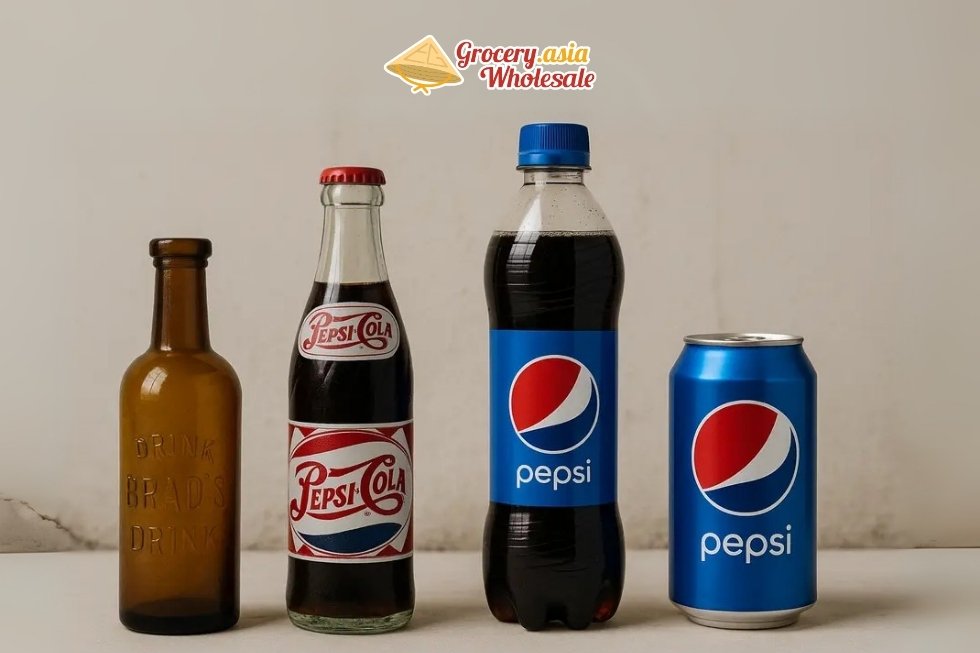No products in the cart.
Soft Drinks
Pepsi Cola Through the Ages: From Local Drink to Global Icon
Pepsi Cola’s journey from a small-town invention to a global powerhouse is a fascinating tale of resilience, strategic innovation, and marketing prowess. Born in 1893 by pharmacist Caleb Bradham, Pepsi faced early challenges but transformed through strategic acquisitions and innovative marketing strategies. This article delves into Pepsi’s historical path, illustrating its rise to worldwide dominance. The narrative explores the birth of Pepsi, its growth fueled by pivotal leadership, the strategic marketing campaigns like the ‘Pepsi Generation,’ the intense Cola Wars, and its continuous evolution as a brand. Each chapter links together, providing a comprehensive overview of how Pepsi overcame obstacles and seized opportunities to secure a lasting legacy.
Table of Contents
Pepsi-Cola’s Inception and Early Struggles: A Tale of Resilience and Reinvention
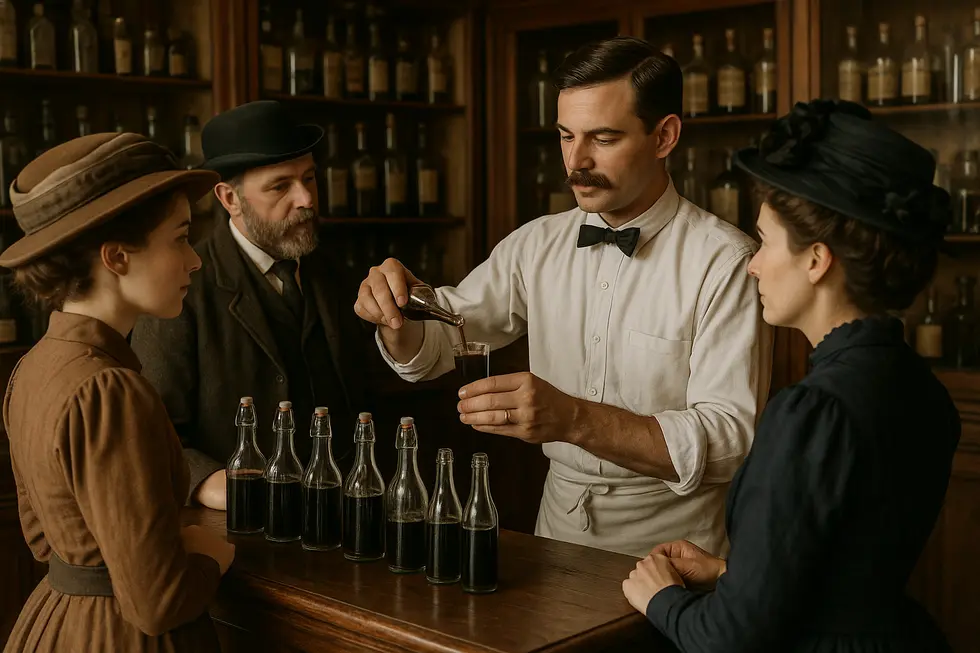
The origins of Pepsi-Cola harken back to the inventive spirit of Caleb D. Bradham, a pharmacist in New Bern, North Carolina. In 1893, he concocted a refreshing carbonated drink initially dubbed “Brad’s Drink.” By 1898, with the addition of pepsin, an enzyme, and kola nuts, Bradham rebranded his creation as “Pepsi-Cola,” and by 1902, he founded the Pepsi-Cola Company to commercialize his beverage. Yet, the road to success was fraught with challenges. The company experienced moderate growth until the financial turbulence of the 1920s and the Great Depression, which forced it into bankruptcy in 1931.
This financial collapse marked a turning point, when Charles G. Guth, president of Loft Inc., a candy and soda fountain company, acquired Pepsi-Cola’s trademarks and assets. Guth enlisted a chemist to reformulate the drink, adopting innovative marketing tactics such as selling a 12-ounce bottle for the price of a 6-ounce one. This strategy provided a competitive edge in a market struggling with economic hardship. Yet, Guth’s tenure was marred by legal battles, and by 1941, Pepsi-Cola merged with Loft Inc. Despite these challenges, Pepsi’s early years exemplify a tale of resilience and innovation amid adversity, laying the groundwork for its evolution into a global icon. For more on PepsiCo’s early history, explore Britannica.
The Formative Years: Pepsi’s Strategic Growth and Innovation
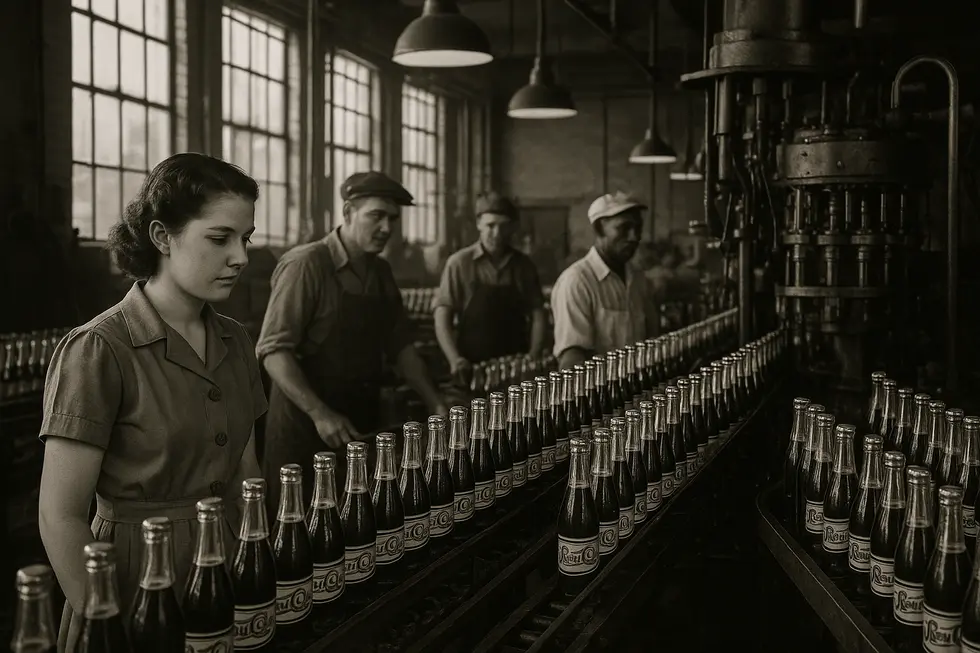
In the challenging economic landscape of the 1930s, Pepsi carved a path to resilience through strategic reformulations and innovative marketing. Under the leadership of Charles Guth, the company not only survived the Great Depression but also laid the groundwork for future triumphs. The reformulation of its flagship cola, enhancing its taste, was pivotal in building consumer preference, especially when budgets were tight. This move positioned Pepsi as a tasty alternative, maintaining competitive parity with its rivals.
During this period, an ingenious marketing strategy unfolded. Pepsi became a trailblazer in radio advertising. By sponsoring radio shows throughout the 1930s, Pepsi transformed its brand visibility, enriching consumer loyalty nationally. This not only bolstered sales but also cultivated a vibrant brand identity that resonated well beyond its local origins.
The post-World War II era marked the fruition of these strategic initiatives. The foundation established in the prior decades enabled Pepsi to emerge as a formidable competitor against industry giants like Coca-Cola. Such strategic fortitude set the stage for Pepsi’s later expansion through acquisitions, diversifying its portfolio into a global powerhouse. This journey of calculated reforms and marketing innovations not only ensured Pepsi’s survival but also catalyzed its evolution into an iconic symbol of refreshment worldwide.
The Pepsi Generation: Redefining Youthful Energy and Cultural Relevance
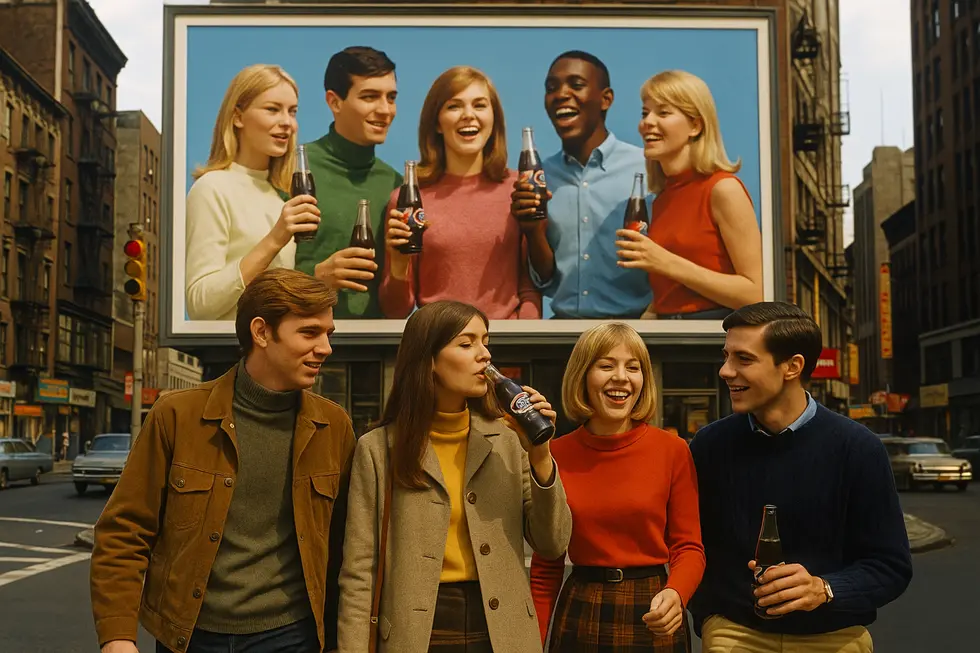
In the bustling decade of the 1960s, Pepsi-Cola embarked on a transformative marketing journey that would redefine its brand identity forever. The introduction of the “Pepsi Generation” campaign marked a strategic pivot from emphasizing the beverage’s taste to selling an aspirational lifestyle. Instead of merely promoting a product, Pepsi offered an identity—a symbol of youthfulness and modern dynamism that resonated with the burgeoning baby boomer generation.
Lifestyle Branding: Pepsi’s approach was revolutionary, positioning the drink as synonymous with a vibrant, energetic lifestyle rather than competing solely on flavor. This innovative branding struck a chord with young consumers, setting Pepsi apart from Coca-Cola’s more conventional image and tapping into the growing cultural influence of a younger audience.
The slogan “The Pepsi Generation” effectively captured the essence of this shift, becoming an emblem of Pepsi’s dedication to cultural relevance. This advertising strategy didn’t just resonate in the ’60s but laid the groundwork for future campaigns. Following decades saw Pepsi continue to harness cultural icons, like Michael Jackson, and integrate experiential marketing, such as the famous “Pepsi Challenge,” further propelling its market stature.
By reimagining its marketing strategies, Pepsi did more than sell a soda—it created emotional connections, ensuring its place as a perennial favorite in the global soft drink industry.
Clash of Titans: Pepsi’s Bold Moves in the Cola Wars

The fierce rivalry between Pepsi and Coca-Cola during the 1970s and 1980s marks a pivotal era in the history of beverages. Dubbed the “Cola Wars,” this period was defined by audacious marketing strategies and innovative approaches to capture the younger generation’s attention. Pepsi, adopting a strategy akin to a daring upstart, challenged Coca-Cola’s dominance by tapping into the cultural zeitgeist. Its iconic “Pepsi Challenge” campaign was instrumental, engaging consumers in blind taste tests that frequently favored Pepsi over Coca-Cola.
This campaign not only questioned the taste superiority of Coca-Cola but also enabled Pepsi to build a reputation as the drink of youth and change. The company used this momentum to expand market share aggressively, leveraging clever advertising that resonated with young consumers. Meanwhile, Coca-Cola’s decision to introduce “New Coke” in 1985, a sweeter alternative, backfired spectacularly. Despite its intention to match Pepsi’s taste profile, the move was met with consumer uproar, emphasizing the deep emotional bond people had with the original formula.
In this competitive atmosphere, regional preferences also played a role, with Coca-Cola retaining strong footholds in its southern U.S. territories. Nonetheless, Pepsi’s bold marketing and emphasis on larger bottle sizes for value set the stage for a rivalry that extended beyond mere sales—a battle for cultural relevance and consumer loyalty, leaving an indelible mark on marketing history.
Pepsi’s Strategic Growth: From Local Beverage to Global Icon
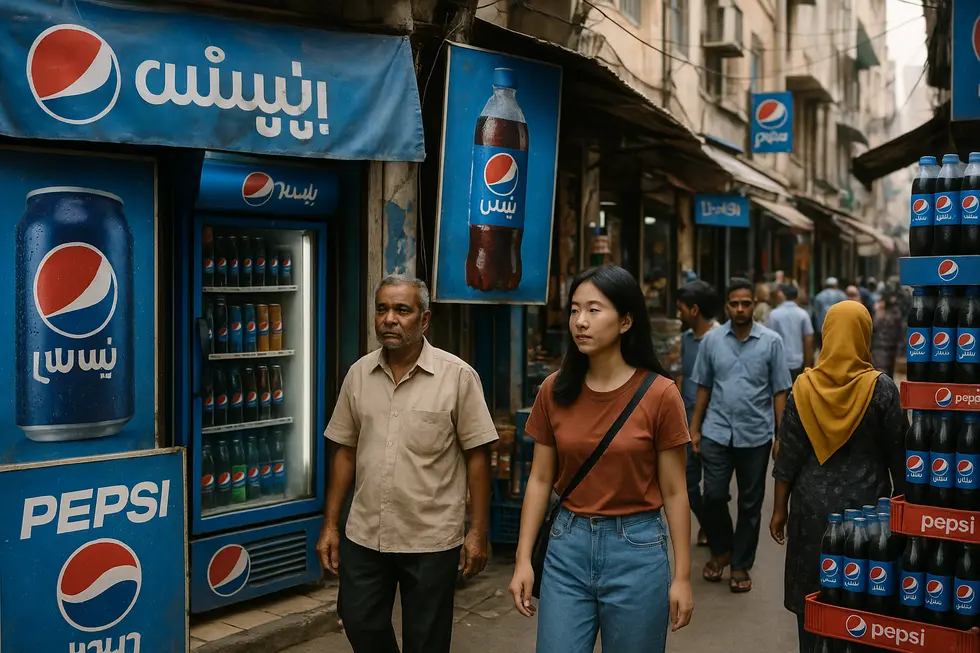
Pepsi Cola’s rise to global prominence is a testament to strategic foresight, starting with Alfred N. Steele’s transformative leadership in the 1950s. Steele’s dynamic marketing strategies and promotional tactics played a pivotal role in positioning Pepsi as a formidable competitor to Coca-Cola. By expanding beyond just beverages with the merger with Frito-Lay in 1965, PepsiCo demonstrated its commitment to diversification, setting the stage for acquisitions of well-known restaurant franchises and later establishing Yum Brands.
The acquisition strategy continued as PepsiCo embraced health trends by acquiring Tropicana in 1998 and merging with Quaker Oats in 2001, incorporating more nutritious offerings like juices and oatmeal. This diversification was pivotal for maintaining relevance across diverse markets. Pepsi’s global strategy included local market adaptations, such as acquiring Russia’s JSC Lebedyansky and adopting tailored marketing efforts.
Innovation extended beyond products into digital realms, where Pepsi integrated AI and other technologies to enhance consumer engagement and maintain a competitive edge. The company’s willingness to innovate is reflected in its campaigns, similar to Coca-Cola’s successful endeavors. Through these efforts, PepsiCo not only expanded globally but also thrived by crafting a resilient brand identity backed by a robust portfolio distributed in over 200 countries. Learn more about PepsiCo’s AI strategies and dominance.
Final thoughts
Pepsi Cola’s journey from a local pharmacy invention to a global icon is a testament to visionary leadership and strategic adaptability. By embracing innovative marketing techniques, reformulating products, and responding to competitive pressures, Pepsi has not only survived numerous industry challenges but thrived on a global scale. The enduring legacy of Pepsi illustrates the power of resilience and strategic evolution, affirming its place as a beloved beverage brand worldwide.
Looking for a trusted Pepsi wholesale supplier? Contact Asia Grocery Co., Ltd for bulk deals and export-ready inventory.
About us
Asia Grocery Co., Ltd is a trusted distributor, wholesaler, and exporter of fast-moving consumer goods (FMCG) from Vietnam, backed by over 20 years of expertise. We deliver authentic products from globally recognized brands such as P&G, Unilever, Redbull, Coca-Cola, Pepsi, Asiadeli, along with traditional and culturally significant Asian products, catering to customers worldwide with a special focus on Vietnamese and Asian communities abroad.

